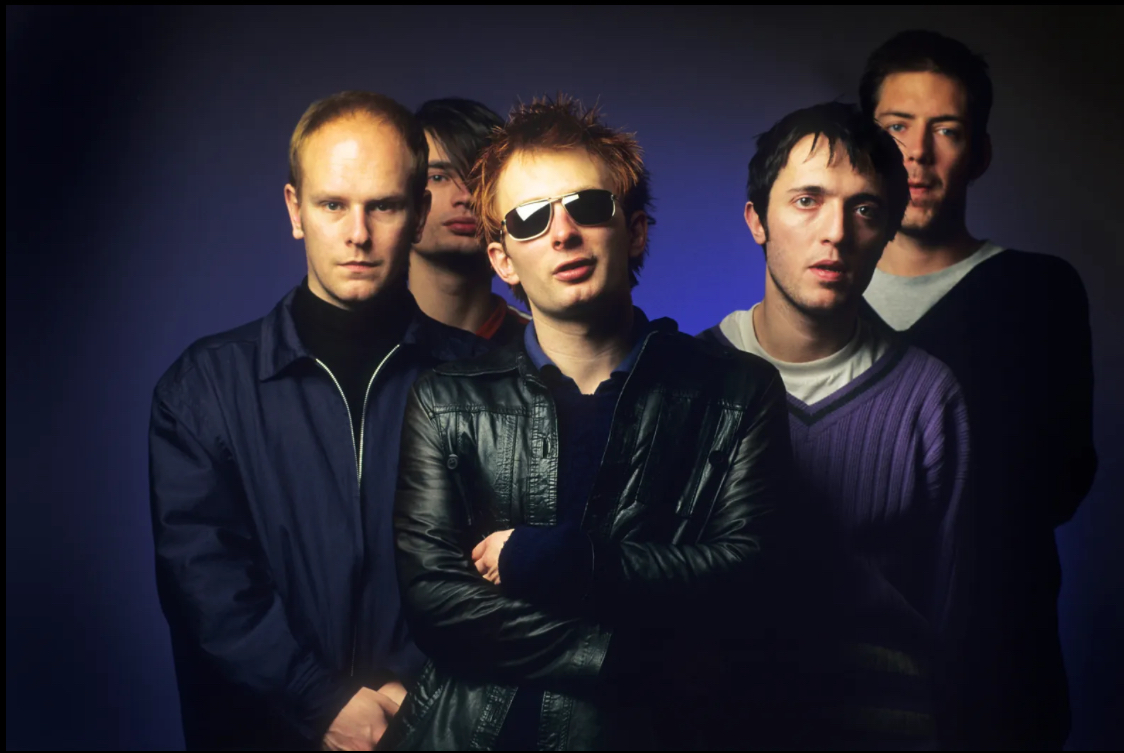Over the Christmas break, I did what any sensible person would do: take my entire extended family to the movie theater to scourge on overpriced popcorn and see a movie that for some reason a studio decided to release on Christmas Day. That’s my biggest qualm with the movie, that it was released on a holiday where no person in their right mind would go to the theater (I went to see it several days after Christmas).
All jokes aside, it was a dramatic, well done, feel good, mostly historically accurate, American movie. It’s a story of hard work, perseverance, and patriotism about a sport that has fallen into relative obscurity, starring Callum Turner as Joe Rantz and Joel Edgarton as coach Al Ulbrickson, directed by four-time Golden Globe and two-time Academy Award recipient actor and producer George Clooney.
It takes place in 1936 and follows a young University of Washington rowing team as they work together to overcome the odds, beating the powerhouses of the University of California (Berkeley) and the Ivy League schools to make it to the 1936 Olympics, where they became victorious over the Italians and Germans, humiliating Hitler.
For the most part, and for the sake of a 2-hour movie, it is historically accurate, with some omissions from the book and a few dramatic liberties taken by Clooney. The book, written by Daniel James Brown and published in 2013, goes much more in depth into the life of rower and main character Joe Rantz, the art of rowing, and the art of making a boat for rowing. It is a book I would highly recommend to anyone interested in this event- see Mrs. Gregory to check out the young readers edition or unabridged version from the school library!
When I first watched the movie, two parts stood out to me as omitted or changed for the film. First, the competition between the JV squad and the Varsity squad was not that dramatic. The team that the story centers around became the dominant team the year before, not the year of the Olympics. The reality is that Coach Ulbrickson had several impressive teams, and the crew known as the Boys In The Boat came out on top.
The second error was an omission that immediately frustrated me. When the Boys went to the Olympics, they interacted with the other country’s crews quite a bit. The crews shared a cafeteria and a tradition of singing during meals started. At one point, the Yugoslavian team started singing “Yankee Doodle” to mock the Americans, and it turned into an all-out brawl between the teams with other countries taking sides. While not as family friendly–although the movie does have a fair bit of language–I think that would have been an important and dramatic scene to include and would have shown the international tensions leading up to World War Two.
Despite the inaccuracies and omissions, Boys In The Boat is a fantastic movie. It is a wholesome, American, historical, and family-friendly movie, despite some mature language. For those who want to learn more about the 1936 Olympics, the world pre-World War Two, and rowing, I would highly recommend watching it- and, of course, reading the book.


















